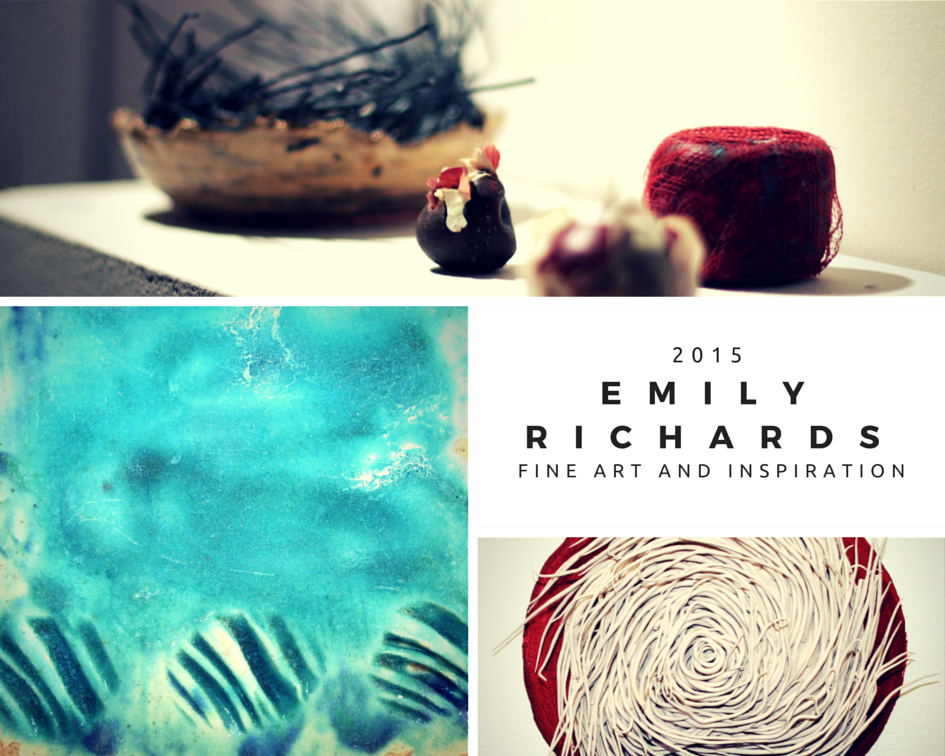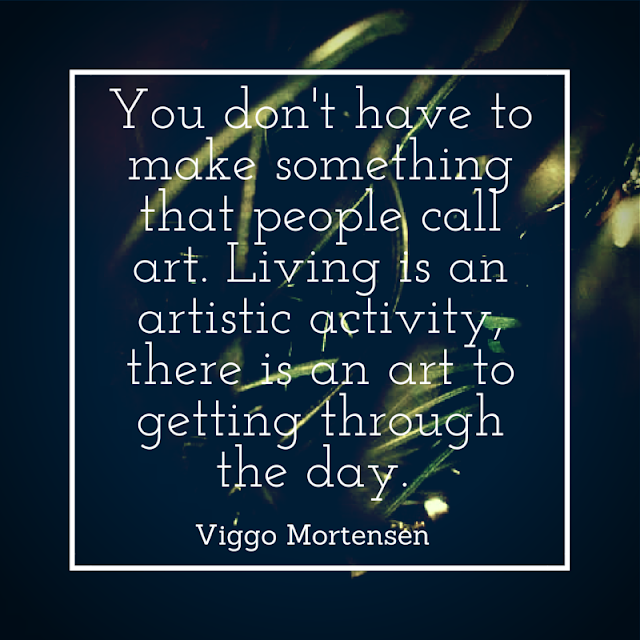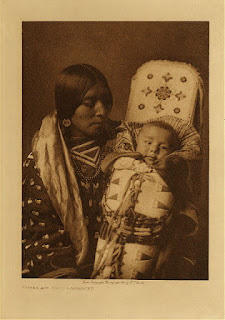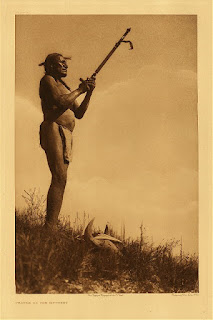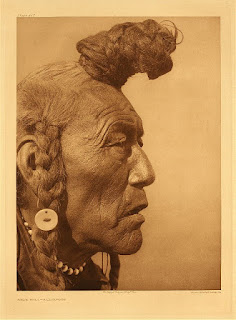A client came into my gallery the
other day and asked us why Andy Warhol is considered so great. “I mean,” he
said, “couldn’t anyone just take a picture of a soup can and put it on the
wall?”
He raised a worthy question. In
many other artists’ work, their remarkable talent is immediately evident. One
can clearly see the artist’s hand in a sculpture;
likewise, the artist’s thick brushstrokes and scratches in a painting. Even in photography, the artist has to find the scene,
wait for the right light, set exposure times, and go through a long developing
process in the darkroom. However, Warhol is known mainly for his silkscreen prints,
many of which he appropriated from various sources. So why is he one of the
most famous and respected artists of all time?
Before he
became widely known for his famous soup can imagery, Warhol was an artist with
diverse talents. He began his career as a successful and highly paid commercial
illustrator in New York, designing advertisements and album covers as well as
illustrations for magazines. Throughout his career, he excelled at many
different art forms, including video arts, sculpture, painting, and more
obscure endeavors, such as his famous time capsules. Even his silkscreen prints
were designed beautifully, as Warhol had a very sophisticated eye for
composition and color.
When Warhol trained his sharp eye
on popular culture, his art rose to an iconic level and spoke volumes about
America’s social climate. In this way, he was an ethnographer first, and King
of Pop Art second. Warhol scrutinized everything that was going on in the 70s,
from consumerism to the Marilyn Monroe obsession. My favorite Warhol series at
is “Cowboys and Indians.” In this series, he strategically
placed images of General Custer, Annie Oakley, and Geronimo together to
challenge and expose the controversy surrounding America’s perception of
Cowboys and Indians.
Andy Warhol led the pack. Although
artists like Jasper Johns and Roy Lichtenstein were doing similar work, Warhol
dug deeper. Because of his process and style, his work became very mechanical
so much so that almost every detail of his art and process reflected the
machine-like world that surrounded him in New York.
Warhol’s social and political
commentaries were astute, sharp, and often witty, and the medium he chose was
accessible to a large audience. Extremely intelligent and overflowing with
ideas, Warhol created the ultimate expression of the spirit of the 70s in
America.
